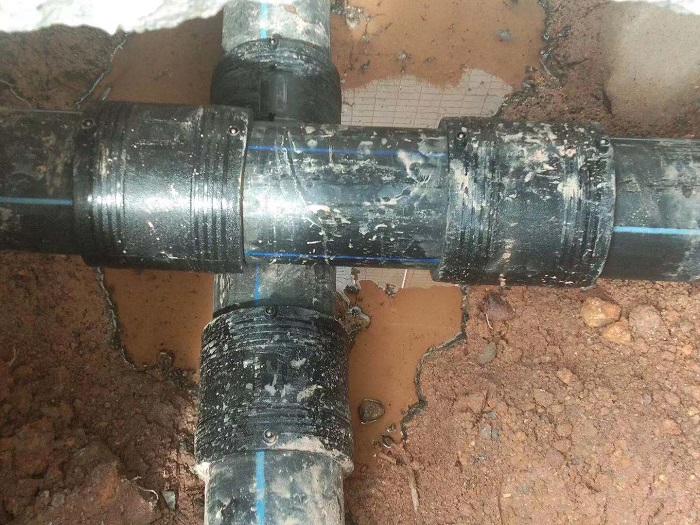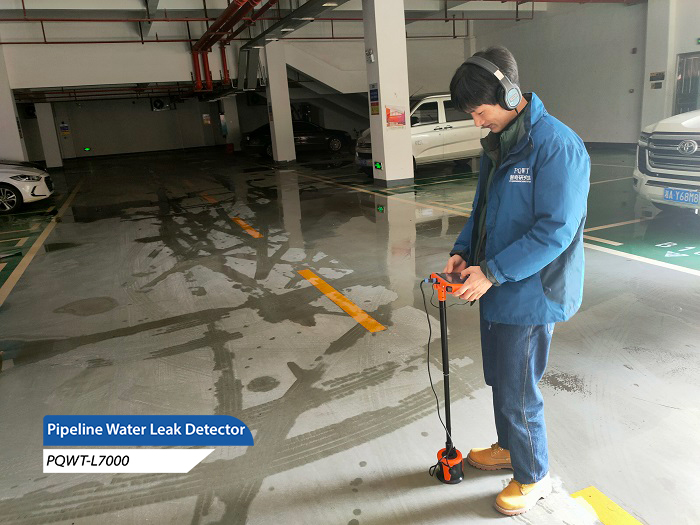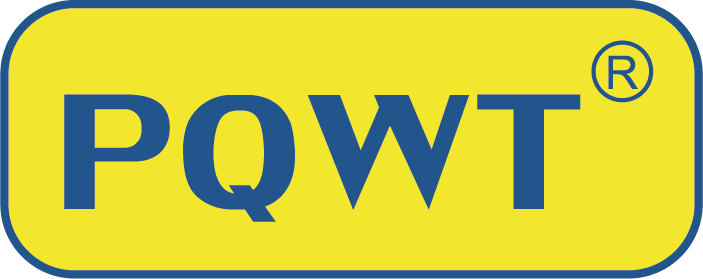A. Potential Causes and Effects of Heat Pipe Leaks

Leakage of heat pipes not only causes a huge waste of energy, but also directly affects the user's heating experience and brings a heavy maintenance burden for heating companies. There are many factors leading to heat pipe leakage, including but not limited to: poor quality of pipes and fittings; substandard welding technology of joints; accidental impact of other engineering construction; water hammer damage caused by high water pressure; insufficient corrosion protection and thermal insulation performance of the pipeline; soil settlement caused by high traffic load; shallow pipe burial and winter cold test; internal corrosion of the pipeline caused by the heating medium; lack of timely maintenance and the pipeline age limit. Pipeline service life over the limit, etc.
B. Various methods of heat pipe network leakage detection
1. Water imbalance leakage detection: by monitoring the changes in the amount of water replenishment of the heat network, to determine whether there is a leak. In normal operation, the amount of water in the heat network should be kept constant, and once a leak occurs, the amount of make-up water will increase accordingly.
2. Pressure anomaly leakage detection: based on the characteristics of the heat network as a closed pressure container, by monitoring the pressure changes to detect leaks. Leakage will lead to pressure drop inside the container, and the rate of pressure change is proportional to the amount of leakage.
3. Leakage detection by temperature anomaly: Using the phenomenon of rising ground temperature above the leakage point or rising temperature of the nearby underground pipeline well chamber to locate the leakage point by temperature change.
4. Sound anomaly leakage detection: when the leak occurs, the leakage of water flow and pipe friction will produce sound, these sounds can be spread to the ground through the pipeline or soil, through the leakage instrument and other equipment to capture these sounds, so as to locate the leakage point.
C. Comparison and selection of heat pipe network leakage detection methods

1. Sound listening method: divided into valve listening method and ground listening method, using pipeline leak detector to find out the leakage point, applicable to the case of small environmental noise, requiring operators to have rich experience.
2. Correlation analysis method: based on the detection of leakage sound, simple and easy to implement, applicable to the heating pipeline. However, in long-distance pipelines, the sound signal attenuation is large and the effect is limited.
3. Regional installation method: by installing pressure gauges at both ends of the pipeline and analyzing the pressure difference to determine the leakage. However, this method is difficult to operate in the heating season, and is suitable for detection after the heat stops.
4. Gas detection method: affected by the user's private water discharge and other factors, the results may be inaccurate.
5. Temperature measurement method: in the pipeline is clear, the heating area is small area feasible, but complex terrain and the vast heating area is limited.
6. Professional detection instrument detection: Although it can provide a general range, but by the outer insulation interference, need to be used with other methods, the cost is higher.
D. Losses caused by leakage
Heat pipeline leakage not only leads to direct economic losses, such as increased power consumption and loss, media loss, rising water treatment costs and maintenance costs, but also indirect losses, such as affecting the heating temperature, accelerating equipment aging, damage to corporate image. Therefore, timely detection and repair of leaks is crucial for heating companies.








